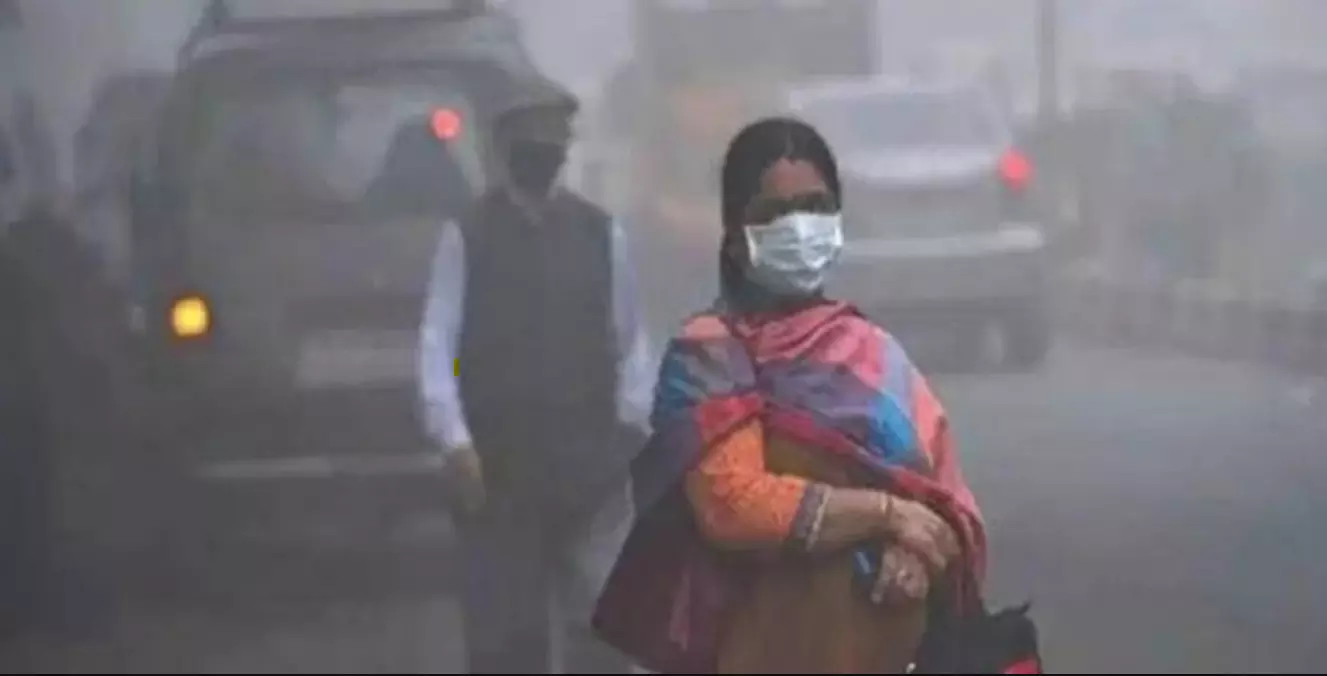Perpetual predicament

With the onset of winter looming on the horizon, Delhi again finds itself at the crossroads of a recurring environmental crisis — air pollution. As the chill will set in, so will the smog, leading to poor visibility, health hazards, and a plunge in air quality. This year, like clockwork, the images of stubble burning have reemerged as a harbinger of the seasonal ordeal. In response, the Delhi government, similar to previous years, has unveiled a 15-point action plan to combat the winter air pollution. Simultaneously, the Graded Response Action Plan (GRAP) has come into effect to confront the annual air quality deterioration in the National Capital Region (NCR). GRAP, an extensive strategy designed to address air pollution in Delhi and its neighbouring regions, is a well-thought-out approach. It outlines a phased implementation plan that escalates measures as air quality worsens. The Commission for Air Quality Management (CAQM), an autonomous body responsible for improving air quality in Delhi and its adjoining areas, has introduced several noteworthy changes to enhance GRAP's effectiveness. One such change involves strict restrictions on aging vehicles and an outright ban on the use of coal and firewood in eateries, restaurants, and hotels when the Air Quality Index (AQI) exceeds the 200-mark. Additionally, BS-III petrol and BS-IV diesel four-wheelers will be immediately banned in Delhi and its neighbouring cities if the AQI crosses the 400-mark. Most crucially, GRAP now mandates proactive implementation of anti-air pollution measures based on forecasts up to three days in advance. GRAP classifies air quality in Delhi under four stages: 'poor' (AQI 201-300), 'very poor' (AQI 301-400), 'severe' (AQI 401-450), and 'severe plus' (AQI >450). Each stage triggers specific actions, ensuring that appropriate measures are taken as air quality deteriorates. Winter in Delhi has become synonymous with the haze of smog and the threat to public health. This unfortunate situation arises from a combination of factors, including widespread stubble burning in neighbouring states, festive firecracker usage, and the city's unique meteorological conditions. During the winter months, Delhi experiences a meteorological phenomenon known as "temperature inversion”. Typically, warm air rises and disperses pollutants, but during temperature inversion, a layer of cold air traps pollutants close to the ground. This phenomenon hampers the upward dispersion of pollutants, causing their accumulation in the lower atmosphere. However, while winter air pollution garners much attention, it remains a year-round concern. Key contributors to PM2.5 pollution throughout the year include vehicular emissions (30 per cent), road dust (20 per cent), biomass burning (20 per cent), industrial emissions (15 per cent), diesel generators (10 per cent), and pollution from outside Delhi's urban airshed (30 per cent), as reported by UrbanEmissions.Info. Recognising the political implications of Delhi's winter air pollution, both the Delhi government and the Central authorities have given due priority to the problem. Yet, Delhi's unabating air pollution crisis persists despite fragmented interventions. What is urgently needed is a comprehensive, year-round effort to tackle this menace. Fragmented solutions and stopgap measures won't suffice. It's time for consistent, well-calibrated, and sustained efforts to address air pollution throughout the year. This requires a multi-faceted approach, ranging from improving public transportation and reducing industrial emissions to promoting cleaner energy sources and raising public awareness about the consequences of air pollution. Moreover, collaborative efforts with neighbouring states to combat stubble burning and regional pollution sources are imperative. Delhi's air quality cannot be improved in isolation; it necessitates a coordinated approach involving all stakeholders in the NCR. To sum up, Delhi's air pollution is not just a seasonal challenge; it's a year-round battle. The initiatives like GRAP and the recent 15-point action plan are commendable steps, but they must be part of a comprehensive and consistent strategy. It's time for Delhi to commit to clean air, not just during the winter months, but every day of the year. Only then can we hope for sustainable improvements in air quality and public health.



